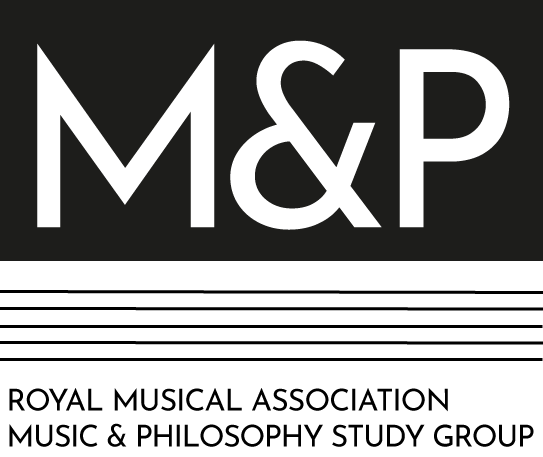Co-convenors:
Kyle Devine (University of Oslo)
Patrick Valiquet (Institute of Musical Research – Royal Holloway, University of London)
Papers
Deirdre Loughridge (Northeastern), “Soul and Voice, Fingers and Strings”
Hollis Taylor (Macquarie), “Is Birdsong Music?”
Matt Brennan, Simon Frith and Nick Prior (Edinburgh), “Towards a New Understanding of Musical Instruments”
Frustrated with the limitations of late twentieth-century constructionism and hermeneutics, music scholars have recently begun to pay closer attention to the agency and materiality of musical ‘things’. Aspects of the so-called ‘new materialism’ are now evident in emerging research on the materiality of print sources, instrument technologies and media infrastructures, the material dimensions of subjective properties including identities, bodies and voices, and the ways that various aesthetic objects circulate and exert influence in the musical world. In the language of Actor Network Theory, these studies seek to reinsert the ‘nonhuman’ into our understanding of music’s social effects. Most, however, treat the concern with musical things as a benign complement to traditional understandings of the musical object and its human use. In spite of increasing efforts in philosophy and media studies to revisit matters of political subjectivity and public formation in light of the material turn, the musicological categories of the human and the nonhuman remain largely undisturbed. The domain of the nonhuman has been absent from assertions about musical rights, desires, emotions and abilities. In an era of ‘posthumanities’, human specificities are also undergoing a kind of materialist transformation, increasingly being reframed around concepts such as affect, embodiment, assemblage, or emergence, all of which complicate the traditional limits of subjectivity. What does it mean to distinguish the nonhuman from the human in these terms?
Indicative Bibliography
The below brief bibliography comprises a selection of works that may be of particular relevance to those with an interest in attending this panel, or to those seeking to orient themselves therein, but is not intended as exhaustive, prescriptive, or required for audience members.
Allen, A. & K. Dawe (Eds.) (2016), Current Directions in Ecomusicology: Music, Culture, Nature (New York, Routledge).
Bennett, J. (2010), Vibrant Matter: A Political Ecology of Things (Durham, Duke University Press).
Born, G. (2011), ‘Music and the Materialization of Identities’, Journal of Material Culture, 16/4: 376–88.
Eidsheim, N.S. (2015), Sensing Sound: Singing and Listening as Vibrational Practice (Durham, Duke University Press).
Grusin, R. (Ed.) (2015), The Nonhuman Turn (Minneapolis, University of Minnesota Press).
Ochoa Gautier, A. (2014), Aurality: Listening and Knowledge in Nineteenth-Century Columbia (Durham, Duke University Press).
Piekut, B. (2014), ‘Actor-Networks in Music History: Clarifications and Critiques’, Twentieth-Century Music, 11/2: 191–215.
Thompson, M. and I. Biddle (Eds.) (2013), Sound, Music, Affect: Theorizing Sonic Experience (New York, Bloomsbury).
Tresch, J., and E. Dolan. (2013) ‘Toward a New Organology: Instruments of Music and Science’, in A. Hui, J. Kursell, and M. Jackson (eds.), Music, Sound, and the Laboratory from 1750-1980 (Chicago, University of Chicago Press), 278–98.
Tomlinson, G. (2015), A Million Years of Music: The Emergence of Human Modernity (New York, Zone Books).
